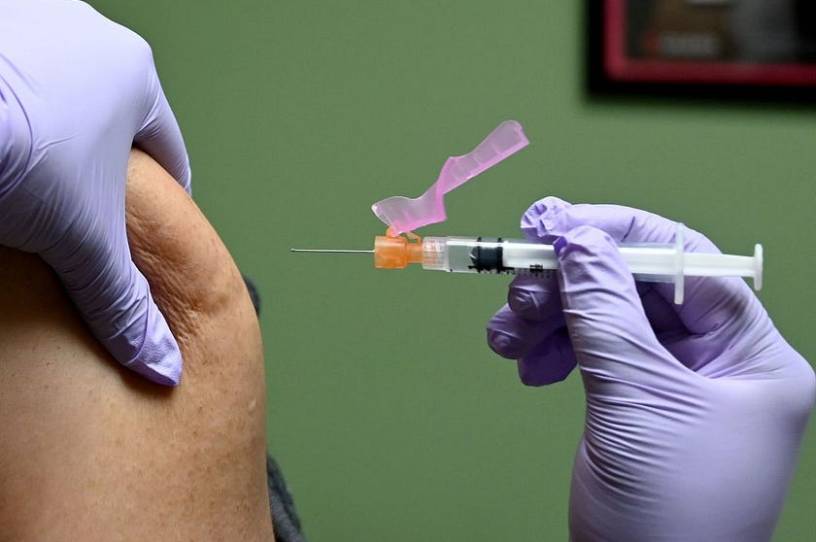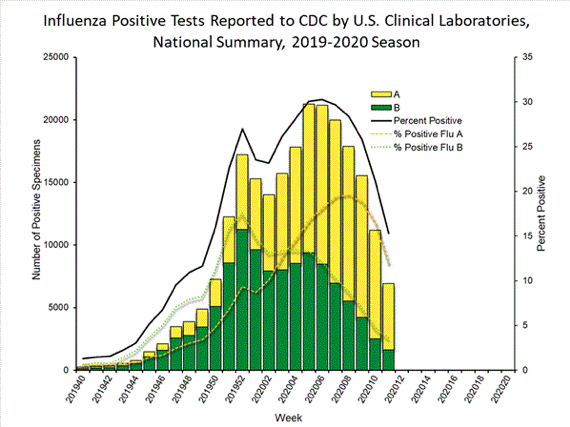Was the Flu Abnormally Bad During December and January?

The deputy director general of the information department in China’s Ministry of Foreign Affairs, Lijian Zhao, continued to promote the Chinese government’s propaganda that coronavirus originated in the United States. He tweeted Sunday:
Zhao was quoting a Twitter user who goes by the name “the lizard king.” Meanwhile, the less regal, but likely more reliable, CDC disagrees with every aspect of his tweet. The claims may ring true anecdotally to some, but overall the increase in flu cases in December and the effectiveness of the flu shot this year are in keeping with historical trends.
The CDC estimates that the flu shot during the 2019-2020 season has had an overall 45 percent effectiveness rate. That may seem like a low number, but it is well within the typical annual range of 40 percent to 60 percent effectiveness. For comparison, the last flu season, the shot had an effectiveness rate of only 29 percent. In fact, the flu shot this season is estimated to have an effectiveness rate higher than each of the last three seasons according to CDC data.
The flu season tends to peak between December and February, so an increase in flu cases around the holiday season and early January is not uncommon. The 2019-2020 flu season played out along this pattern, with the CDC seeing a sharp increase in reported flu cases in mid-December.

(The numbers along the x-axis refer to the year, followed by the week of the year.)
The Advisory Board, a health care consulting company, put together a handy graphic using CDC data illustrating how this flu season compared to years past. The 2019-2020 flu season saw an increase around the same time as years past and had fewer reported cases in the December to January period in question than the 2017-2018 and 2014-2015 seasons.
Zhao’s suggestion that the increase in cases around this time is due to then-undiagnosed coronavirus doesn’t correspond with the data in another interesting way: the rate of flu among children is the highest in years. Even in January, health officials took note of how this year’s flu virus posed a special threat to the young. The coronavirus, on the other hand, seems to affect children and young adults at a significantly lower rate than adults; in China, only 2 percent of all cases were under the age of 20.
Zhao’s tweet is part of the Chinese government’s attempt to convince people the coronavirus started in the United States, but experts state that all available research indicates that the country of origin was China. Including, as Zhao is likely already aware, experts from the Chinese Center for Disease Control and Prevention.
And, the “lizard king,” the original source of the speculation, later wrote: “I already stated this was a random thought I had with no scientific merit.”
The tweet from Zhao appears to be little more than Chinese propaganda—and bad propaganda at that.
Photograph by Photo by Eva Hambach/AFP/Getty Images.
If you have a claim you would like to see us fact check, please send us an email at factcheck@thedispatch.com. If you would like to suggest a correction to this piece or any other Dispatch article, please email corrections@thedispatch.com